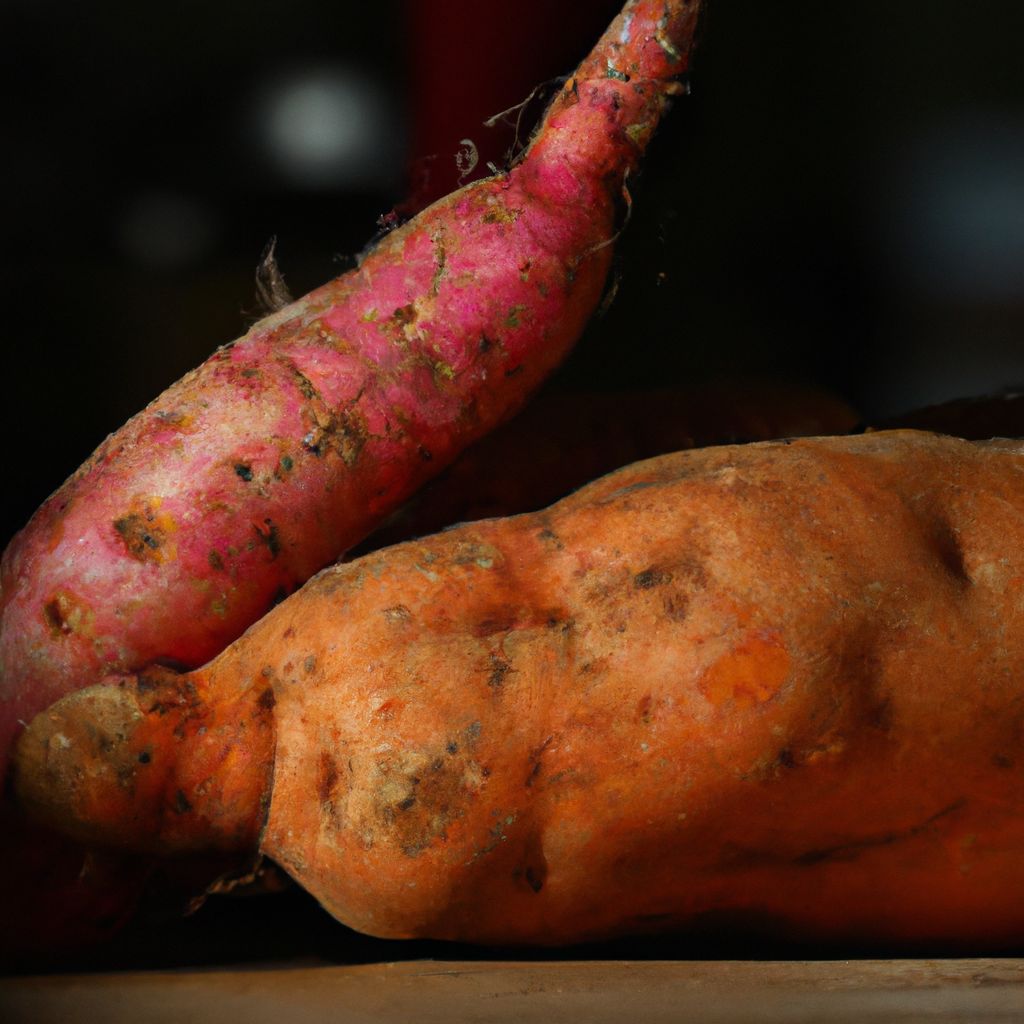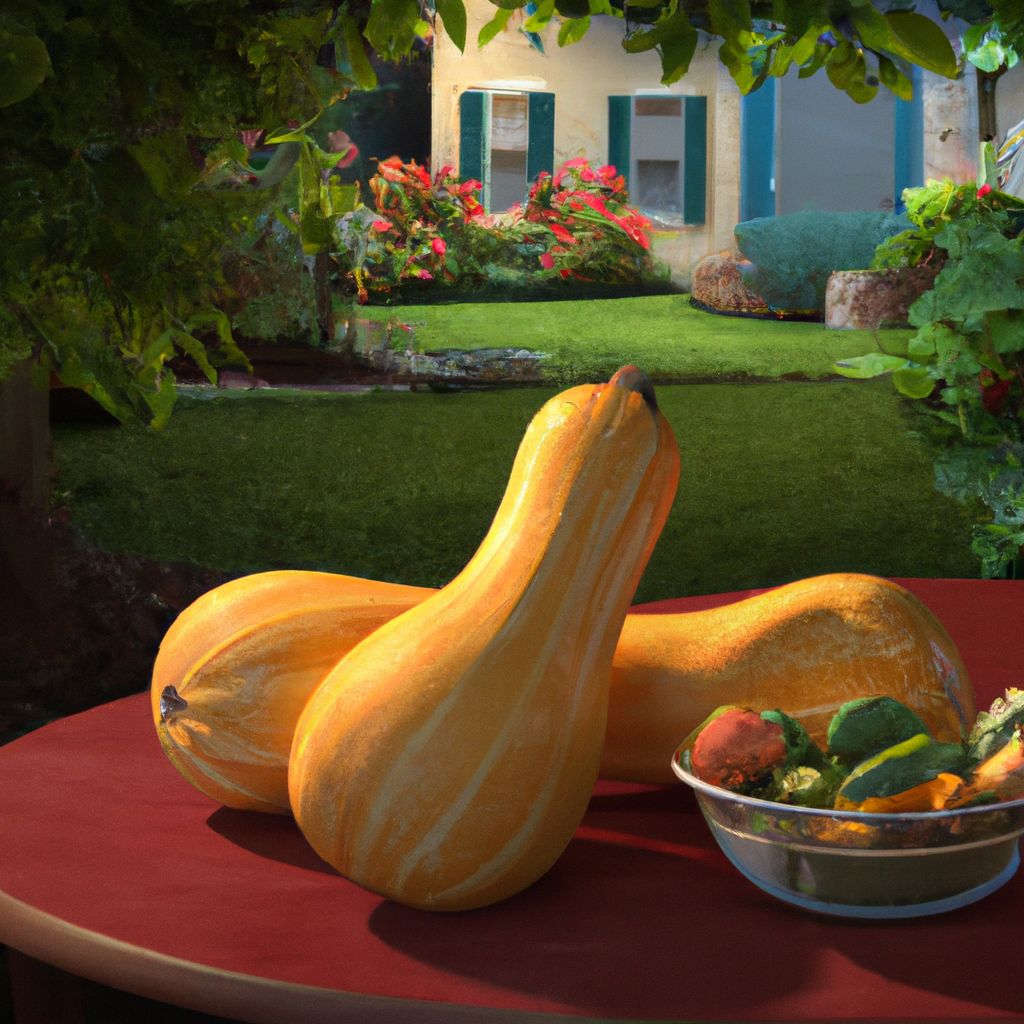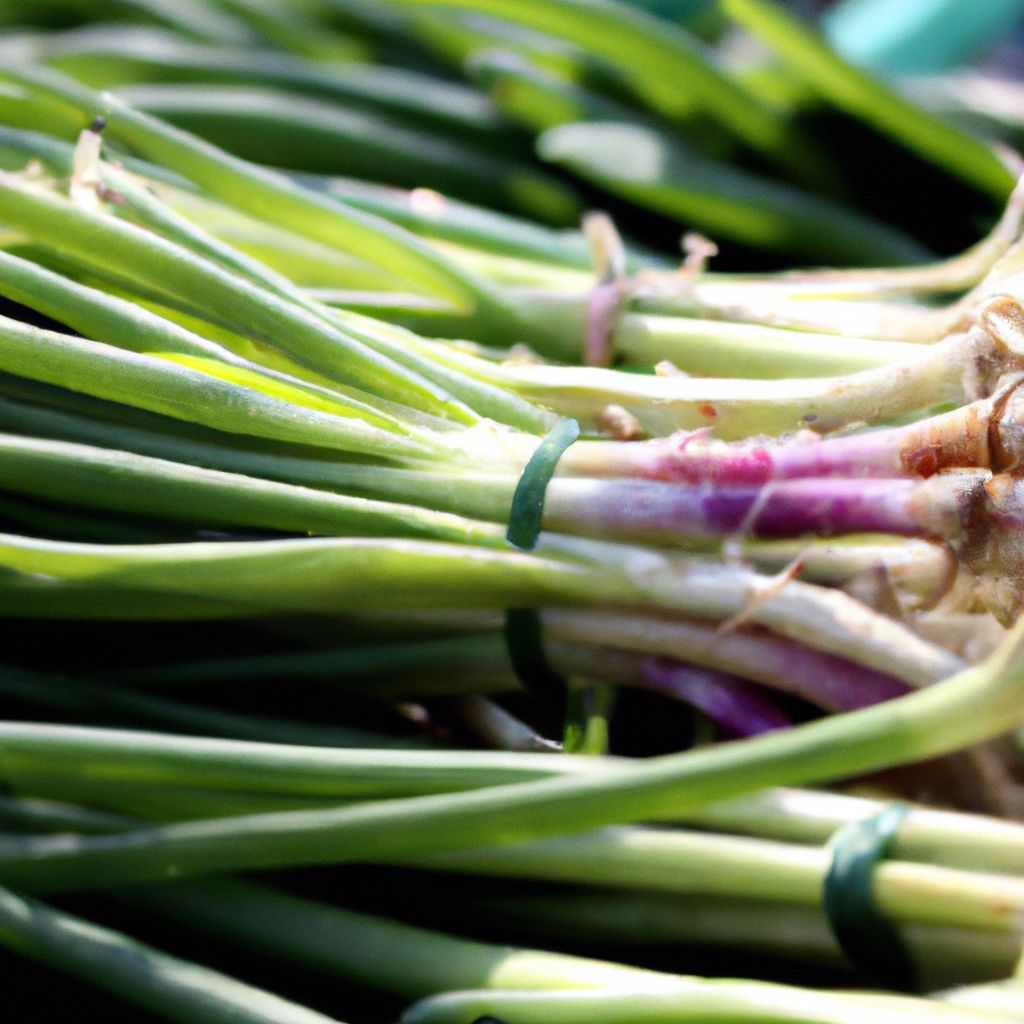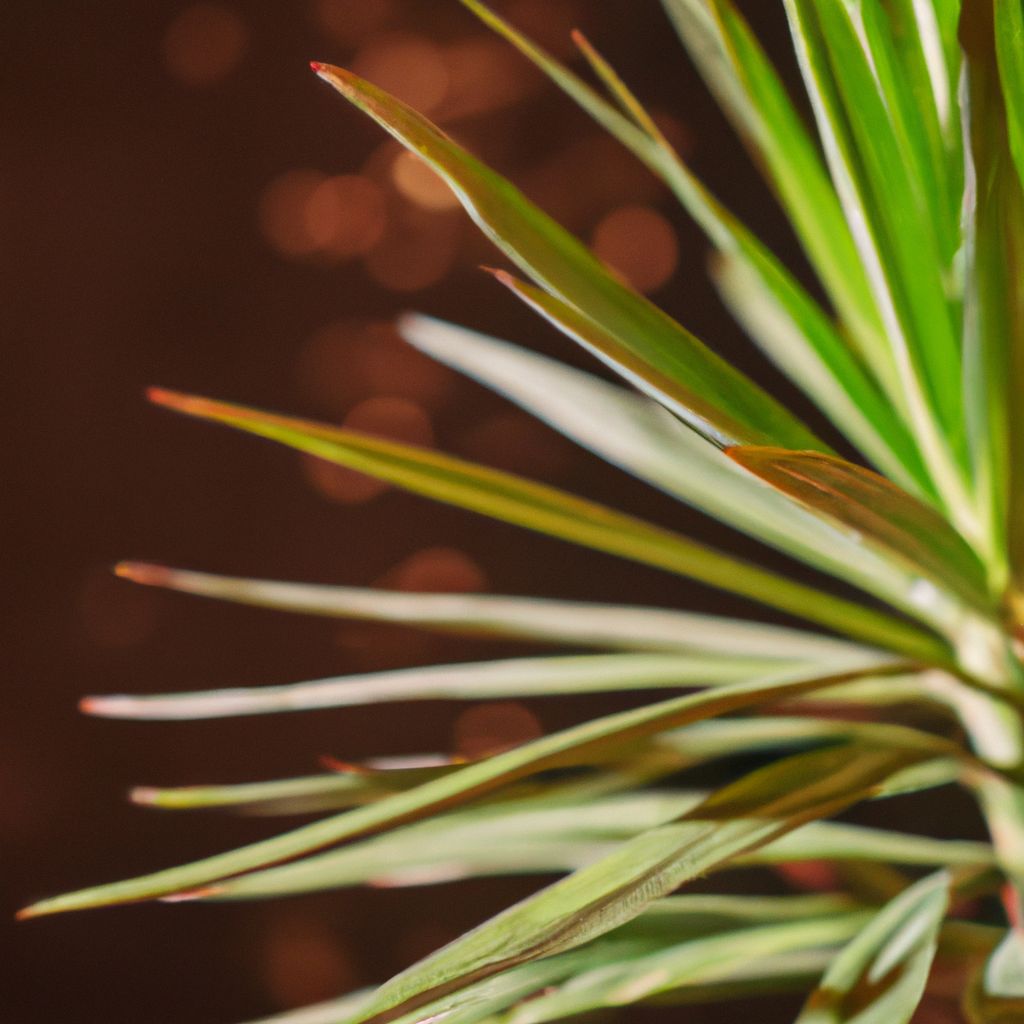Tropical tubers are a versatile group of root vegetables that flourish in both wet and dry tropical climates. These hardy plants have adapted to withstand high temperatures, humidity, heavy rainfall, and periods of drought. Thanks to their resilience, tropical tubers offer reliable harvests for food and income in tropical regions throughout the world. Learn more about these vegetables for tropical wet and dry climate and how to grow them in your own garden.
Popular tropical tubers like cassava, sweet potato, yam, taro, and arrowroot provide sustenance to millions of people. Their abilities to produce nutritious, starchy foods and tolerate challenging growing conditions make them a staple crop across tropical Africa, Asia, Oceania, and the Americas. Beyond food supply, tropical tubers also offer culinary diversity and have traditional medicinal uses.

What Makes Tropical Tubers Thrive?
Several key characteristics allow tropical tubers to succeed in wet/dry tropical zones where other vegetables struggle:
- Extensive root systems efficiently absorb water and nutrients from the soil. This maximizes growth during rainy periods and sustains plants when water is scarce. Cassava in particular can extend its roots over 6 feet into the soil.
- Tolerance of high temperatures prevents heat stress, drought-induced wilting, and impaired growth. Most tropical tubers can tolerate temperatures between 75-95°F.
- Adaptation to regional soil conditions provides disease/pest resistance. Tropical tubers have built defenses against fungi, bacteria, viruses, nematodes and insects common in tropical zones.
- Rapid growth suits short rainy seasons, bolstering food security. Tubers like sweet potato and cassava reach maturity for harvesting in just 3-9 months.
Popular Tropical Tubers to Grow
Home gardeners have an exciting diversity of tubers perfect for tropical areas. Here is an in-depth look at five of the most versatile:
Cassava
Also called manioc or yuca, cassava offers edible tubers packed with starch and carbohydrates. The flowers, leaves, and tubers of this woody shrub all serve as food.
Description
Cassava is a perennial, tropical shrub grown for its underground tubers which grow up to 2 feet long and weigh up to 9 lbs. The brown fibrous skin covers white starchy flesh. Leaves are dark green with light vein patterns.
Popular Varieties
Top commercial cassava cultivars include:
- TMS 30572 (UMUCASS 33) – High yielding, mosaic disease resistant
- TMS 4(2)1425 – High starch content
- TME 419 – drought tolerant variety
Culinary Uses The tubers are peeled, chopped, dried and ground into flour used to make bread, crackers and tortillas. Cassava leaves serve as a nutritious vegetable side dish in stews and curries in Latin American and Africa. Tubers can also be fried, mashed or baked.
Health Benefits Cassava is gluten free and rich in vitamin C, manganese, calcium, and potassium. It supports healthy digestion, immunity, bones, nerves and heart function.
Growing Conditions Cassava thrives in sandy loam soil and temperatures from 77°-95°F. It requires at least 6 hours of full sun but withstands drought very well.
Sweet Potato
These orange, yellow, or purple tubers bake or roast wonderfully. Loaded with vitamins, minerals, fiber, and antioxidants, sweet potatoes aid immunity, digestion, and heart health.
Description
Sweet potatoes are herbaceous vines with edible tuberous roots that are generally tapered and cylindrical or round in shape. The skin can range from red, purple, brown or white while the flesh is commonly orange or yellow. Leaves are heart shaped with irregular lobes. Beautiful purple flowers bloom in fall.
Popular Varieties
Some top sweet potato varieties include:
- Beauregard – Moist orange flesh with copper skin, grows up to 11 inches long
- Hernandez – Bright orange flesh, stores very well up to one year
- Tanzania – brown skin, deep orange flesh, drought tolerant
Nutritional Value
Just one medium baked sweet potato provides over 300% of your vitamin A needs for the day. Sweet potatoes are also packed with vitamin C, manganese and antioxidants. They are low glycemic and high in fiber.
Growing Tips Sweet potatoes thrive in hot humid areas with temperatures between 70-85°F. Plant slips or sprouts in ridges or mounds in fertile, well-drained soil and water regularly. Cure tubers after harvest then store between 55-60°F.
 Yam
Yam
Among the most widely consumed tropical tubers globally, yams come in a variety of textures, sizes, skin colors and flavors. Their vegetation also serves as nutritious livestock feed. Yams store well, providing lasting food security.
Description
Yams refer to a group of tuber vegetables from the Dioscorea family that grow on tropical trailing vines reaching up to 90 feet long. They can weigh over 100 lbs. Depending on variety, the skin is brown, pink or grey covering white, purple or yellow flesh.
Popular Varieties
Some key varieties grown in tropical regions include:
- White yam – Mildly sweet white flesh, stores very well.
- Yellow yam – Bright yellow flesh with creamy texture.
- Jiufen – Chinese yam valued for medicinal properties.
- Water yam – Fast growing vines produce smaller tubers underwater along streams/rivers.
Nutritional Content
Yams offer an excellent source of fiber, vitamin C, vitamin B6 and potassium. Purple and yellow varieties deliver beneficial antioxidants. The complex carbs and fiber keep you feeling fuller longer.
Storage Tips
Freshly harvested yams last 2-6 months if cured properly and stored at 60°F with proper ventilation. Avoid refrigeration.
Taro
Taro and other “cocoyam” tubers originate from tropical Asia and Africa. Their leaves, stems, and corms all add taste and nutrients to soups, stews, and stir fries. Taro withstands waterlogging, heat, pests, and drought when grown in appropriate conditions.
Description
Taro is known for its large heart-shaped green leaves growing on top of starchy underground corms weighing 2-5 lbs each. Leaves can reach up to 1-3 feet long. Corm colors range from brown, purple and white.
Popular Varieties
- Bun Long – Barrel shaped corms with mild, creamy texture
- Royal Purple – Vibrant purple corms and leaves
- Hawaian Lehua Maoli – Sweet flavor, popular Polynesian variety
Culinary Uses
Taro leaves, stems and corms are all edible. Leaves and young stems serve as nutritious greens while mature corms are boiled, fried or added to breads/porridge. Traditional cuisines across Africa, Asia and the Pacific incorporate taro.
Health Benefits
Excellent source of fiber, vitamin E, vitamin B6, iron, magnesium and antioxidants. Fiber aids healthy digestion while vitamin E boosts immune function. Iron helps avoid anemia.
Growing Tips
Grow taro in rich, moist soil with added compost/manure. Prefers partially shaded areas and consistent warm temperatures around 70°F. Mulch well and provide supplemental irrigation in dry periods. Dig up corms to harvest when foliage starts turning yellow.
Arrowroot
Valued for its edible and medicinal rhizomes, arrowroot prefers humid equatorial zones. The starch paste made from arrowroot thickens custards, jellies, and candies. Recent studies show compounds in arrowroot tea strengthen the immune system.
Description
Arrowroot is a perennial herb that reaches 3-5 feet in height. Soft blades grow in clusters from rhizomes. The plant produces small white flowers then green berry-like pods containing black seeds. Rhizomes form at the tips of underground shoots.
Popular Varieties
- Marunggang – High yield variety from Indonesia
- San Pablo – Vigorous growth hardy variety
Medicinal Uses
For centuries, traditional cultures in Central America used arrowroot for digestion issues and wound healing. Modern research confirms the tea enhances immune cell response and stimulates collagen formation for faster recovery from illness/injury.
Culinary Uses
The edible starch obtained from the rhizomes serves as a gluten-free, easily digestible thickener for sauces, fruit fillings, jams, puddings and even vegan cream substitutes. It has more gelling power per gram than cornstarch.
Growing Needs
Arrowroot thrives in consistently warm, humid equatorial zones with ample moisture and filtered sunlight. Grows well as an ornamental indoor potted plant. Harvest rhizomes when stalks fade and dry them before extraction.
 How to Cultivate Tropical Tubers
How to Cultivate Tropical Tubers
While soil and climate needs vary slightly between varieties, most tropical tubers thrive under these conditions:
Soil Requirements
- Rich, well-draining soil
- Added compost/manure
- Consistent moisture but not waterlogged
- Preferred pH between 5.5-7.0
Certain varieties like taro prefer marshy, wet soil. Others like cassava and sweet potato need drier soil. Adjust drainage and irrigation accordingly.
Sunlight Needs
- Full sun
- At least 6 hours direct sun daily
- Some partial shade ok
Ideal Temperatures
- Warm weather
- Average temps 75-85°F
- Avoid cold below 55°F
Arrowroot, taro and yams grow as ornamental houseplants in cooler climates if kept above 60°F.
Planting Methods
There are two main ways to propagate tropical tubers:
- Planting Pieces of Tuber/Rhizome
Cut larger tubers into smaller sections, ensuring each pieces has some fibrous roots and buds. Bury pieces 2-3 inches under soil. Requires less tuber flesh than next method. - Planting Whole Small Tubers
In some crops like yam and arrowroot, whole small tubers are planted intact. This reserves more stored energy to fuel growth but requires greater tuber volume.
Care/Maintenance
Caring for tropical tubers requires:
- Frequent irrigation
- Organic fertilizer
- Mulching
- Trellising vines
- Weed control
- Pest monitoring
Sweet potatoes specifically need a dry period before harvest to effectively cure skins for storage.
 More Ways to Enjoy Tropical Tubers
More Ways to Enjoy Tropical Tubers
Bake, roast, fry, boil or mash these vibrant ingredients into soups, curries, fritters, chips, pancakes, puddings, breads and more. Mix up your recipes or add tropical flair to staple comfort foods.
Global Cuisines
Explore the array of world cuisines featuring tropical tubers like Filipino ube ice cream, Jamaican festive bammy cakes, Indonesian grated cassava coconut pancakes, Ghanaian fufu starch balls and Hawaiian roasted taro dish.
Latin America – Yuca fries, cassava bread, sweet potato empanadas
Caribbean – Boiled green bananas, fried plantains
Africa – Fufu, ground nut stew with sweet potatoes
Asia/Pacific – Taro bubble tea, tempura sweet potatoes
India – Yam coconut curry, boiled yams with spices
Additional Health Benefits
Beyond vitamins and minerals, key antioxidants and health promoting compounds found specifically in sweet potatoes, yams and purple taro varieties include:
Anthocyanins – Anti-inflammatory, reduce risk of heart disease and diabetes
Beta carotene – Converts to vitamin A to promote skin, eye and bone health
Chlorogenic acid – Helps balance blood sugar levels
Diosgenin – Anti-cancer action, balances hormone levels
Lutein – Reduces risk of eye disease like macular degeneration and cataracts
Fight Against Vulnerable Food Systems While Enjoying Health Benefits of Tropical Tubers
As we have seen, tropical tuber crops like cassava, sweet potato, taro, yams and arrowroot possess a remarkable ability to produce reliable yields of starchy food to nourish communities across rainy and dry tropical climates worldwide. Thanks to their adaptation to heat, humidity and seasonal extremes over thousands of years where cereals struggle, these hardy plants continue to serve as a sustainable lifeline.
Beyond reliable food security, the nutrition and medicinal properties of tropical tubers also deliver additional health benefits. Their culinary versatility further enables cultural diversity across many global cuisines as well.
For home gardeners in tropical zones looking for climate resilient vegetables that are easy to grow and satisfy a sweet tooth, tropical tubers offer one of the best returns for the effort. A few slips of sweet potatoes or hunks of cassava planted in warm soil quickly multiply into an abundant harvest that stores well too.
As global climate disruption intensifies and threatens more fragile staple crops in coming decades, the innate gifts of tropical tuber plants will only gain in importance and value for vulnerable food systems worldwide. Their rich genetic diversity serves as a solid foundation for improved varieties that can better feed those on the front lines of climate change in the tropics.
Frequently Asked Questions
1. How much sunlight do tropical tuber crops need?
Most tropical tubers grow best with at least 6 hours of direct sunlight daily. Full sun exposure allows them to maximize energy production and growth potential. Some partial shade is fine, but insufficient sunlight can result in reduced yields.
2. What temperature range should tropical tubers be grown in?
Ideally tropical tubers thrive when temperatures remain between 70-95°F all season with plenty of humidity as well. Cooler weather below 55°F slows growth for most types. Sweet potatoes and cassava in particular relish hot summer weather.
3. How often should I water tropical tuber crops?
Tropical tubers require consistent moisture for healthy development of roots and tubers. Water them thoroughly 1-2 times per week on average, providing enough to soak the soil down 8-12 inches deep. Prolonged drought stress will compromise yields.
4. Do I need to trellis or support vine crops like sweet potatoes and yams?
It is highly recommended to use trellises, fencing or cages to support vigorous tropical vines off the ground. This prevents foliage from becoming wet and developing fungal diseases. It also enables more sunlight exposure.
5. What is the ideal soil pH range for sweet potatoes and other tubers?
Most tropical tubers prefer slightly acidic to neutral soil with a pH between 5.5-7. Adding some garden lime can raise pH if needed. Proper pH helps plants access nutrients while avoiding iron and zinc deficiencies.
6. How do I know when my tuber crops are ready to harvest?
Indicators tropical tuber crops are maturity for harvesting including yellowing foliage, visible thickened skin patches on sweet potatoes, and drying vines. Cassava can be challenging to judge but size plateaus around 9-12 months.
7. Can I grow temperate vegetables alongside tropical tuber crops?
Cool season vegetables struggle with tropical heat and perform poorly alongside better adapted tubers. Focus on heat lovers like okra, eggplant, peppers and herbs for companion plants instead.
8. How can I boost flowering and pollination for sweet potato vines?
Wait to plant slips/vines until soil temperatures exceed 65°F. Choose early-blooming heritage varieties bred for your region. Sunny spots attract more pollinators. Supplement with hand pollination daily.
9. What causes woody unpleasant tubers in cassava?
A disease known as cassava brown streak disease triggers production of rubbery brown patches and streaks within tubers. Use clean disease-free cuttings and grow resistant varieties to avoid.
10. Why do my arrowroot tubers stay so small?
Insufficient moisture causes arrowroot rhizomes and tubers to remain undersized and stunted. Consistent soil moisture ensures optimal growth. Check that soil drainage isn’t excessive either.





















































